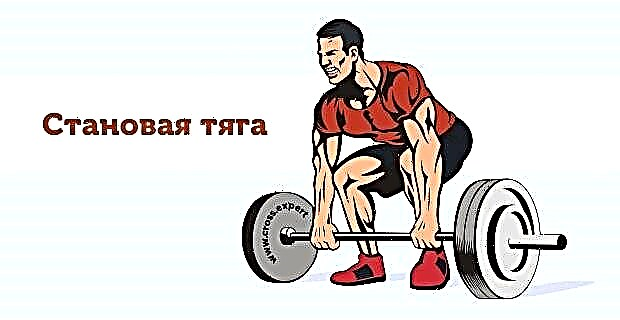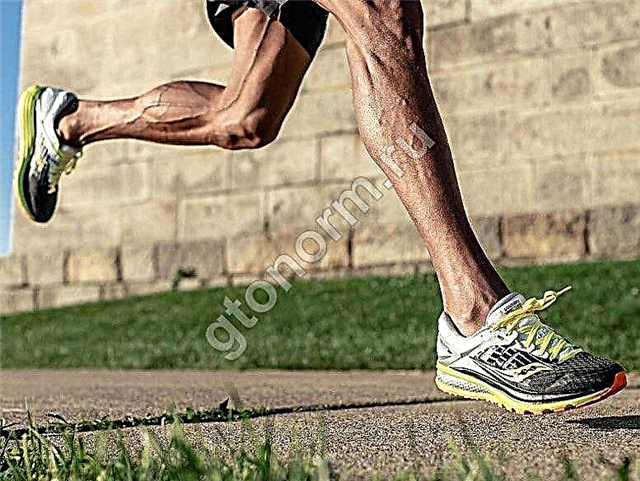Athletics is the most popular sport. It is accessible to any person, does not require special equipment, sometimes there is no need for a special place. It does not matter age, gender, health status. Anyone can run.

Sports - Olympic, includes the largest number of disciplines (24 - for men, 23 for women). It's easy to get confused with such a variety. We'll have to clarify.
What is Athletics?
By tradition, it is divided into subsections, which include:
- run;
- walking;
- jumping;
- all-around;
- throwing species.
Each group consists of several disciplines.
Run

The main representative of this sport, athletics begins with him.
Includes:
- Run. Short distances. Sprint. Athletes run 100, 200, 400 meters. There are non-standard distances. For example, running 300 meters, 30, 60 meters (school standards). Indoor runners compete on the last (60m) distance.
- Average. Length - 800 meters, 1500, 3000. In the latter case, obstacle course is possible. This, in fact, does not exhaust the list, competitions are also held at atypical distances: 600 meters, kilometer (1000), mile, 2000 meters.
- Stayersky. The length is over 3000 meters. The main Olympic distances are 5000 and 10000 meters. The marathon (42 kilometers 195 meters) is also included in this category.
- With obstacles. Otherwise, it is called the steeple-chaz. They compete mainly at two distances. Outdoors - 3000, indoors (arena) - 2000. Its essence is to overcome the track, which has 5 obstacles. Among them is a pit filled with water.
- Hurdling. The length is short. Women run 100 meters, men - 110. There is also a distance of 400 meters. The number of barriers installed is always the same. There are always 10 of them. But the distance between them can vary.
- Relay race. Competitions are team only (usually 4 people). They run 100m and 400m (standard distances). There are combined and mixed relay races, i.e. also include distances of a different length, sometimes obstacles. It should be noted that relay competitions are also held at 1500, 200, 800 meters. The essence of the relay is simple. You need to bring the stick to the finish line. The athlete who has completed his stage passes the baton to his partner.
These are the main running disciplines included in the programs of international competitions and the Olympics.
Walking

Unlike ordinary walking tours, this is a special accelerated step.
Basic requirements for it:
- always straightened leg;
- constant (at least visually) contact with the ground.
Traditionally, athletes walk 10 and 20 km in open areas, 200 m and 5 km indoors. In addition, walking at 50,000 and 20,000 meters is included in the Olympic program.
Jumping

The principle is simple. You need to jump either as far or as high as possible. In the first case, the jumper is provided with a sector in which a runway and a pit, most often filled with sand, are located.
There are two types of such a jump:
- plain;
- triple, that is, three jumps and landing.
They jump high either using only the strength of the muscles, or (additionally) using a special device, a pole. Jumps are made both from a standing position and from a run.
Throwing

Task: throw or push an object as far as possible.
This discipline contains several subspecies:
- Projectile pushing. Used as its core. It is made of metal (cast iron, brass, etc.). Male weight - 7, 26 kilograms, female - 4.
- Throwing. Projectile - disc, spear, ball, grenade. A spear:
- For men, weight - 0.8 kg, length - from 2.8 m to 2.7;
- For women, weight - 0.6 kg, length - 0.6 m.
Disk. Throw it from a sector with a diameter of 2.6 meters.
Hammer. Projectile weight - 7260 grams (male), 4 kg - female. Made from the same materials as the core. The sector during the competition is fenced with a metal mesh (for the safety of spectators). Throwing a ball or grenade is not included in the program of Olympic and international competitions.
All-around

Includes jumping, running, throwing. In total, 4 types of such competitions are recognized:
- Decathlon. Only men participate. Held in the summer. They compete in sprint running (100m), long and high jump, pole vault, shot put, discus and javelin putt, 1.5 km and 400 m run.
- Women's heptathlon. It is also held in the summer. Includes: 100m hurdles. long and high jumps, running at 800 and 200 meters. javelin throw and shot put.
- Male heptathlon. Held in winter. They compete in 60 meters (simple) and hurdles, as well as 1000 meters, high jump (simple) and pole vaults, long jump, shot put.
- Women's pentathlon. Held in winter. Includes: 60 m hurdles, 800 idle, long and high jump, shot put.
Athletes compete in two stages over several days.
Athletics Rules
Each type of athletics has its own rules. However, there are general ones, which each participant is obliged to adhere to, and first of all the organizers of the competition.
Below are only the main ones:
- If the run is short, the track should be straight. A circular path is allowed over long distances.
- At short distances, the athlete runs only on the track allocated to him (up to 400m). Over 600 he can already go to the general.
- At a distance of up to 200 m, the number of race participants is limited (no more than 8).
- When cornering, the transition to an adjacent lane is prohibited.
On short-distance races (up to 400m), athletes are given three commands:
- “At the start” - training of an athlete;
- "Attention" - preparation for the dash;
- "March" - the beginning of the movement.
Athletics stadium

You can go in for athletics, in essence, everywhere. No special structures are required for this. For example, some running disciplines are great on rough terrain (cross) or on asphalt tracks. In addition, almost any stadium is equipped with an athletics sector in addition to the standard football field.
But specialized facilities and athletics stadiums are also being built. They can be both open and closed, that is, they have walls and a roof that protect from cold and precipitation. An area for running, jumping and throwing must be provided and equipped.
Athletics Championships
What kind of athletics events are not held. All and do not count.
But the most significant athletics competitions are as follows:
- Olympic Games (every 4 years);
- World Championship (first in 1983, every two odd years);
- European Championship (every two years since 1934);
- World Indoor Championships every 2 years (even).
Probably the oldest and at the same time eternally young sport is athletics. Its popularity has not disappeared over the years.
On the contrary, the number of those involved in it only grows every year. And the reason is the following: you do not need special equipment, premises and the like for classes, and the benefits of classes are undoubted.









